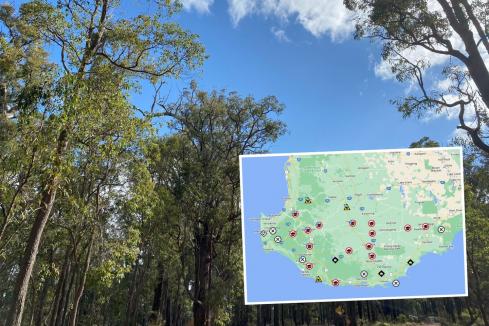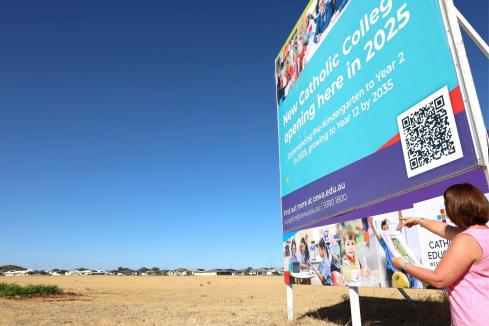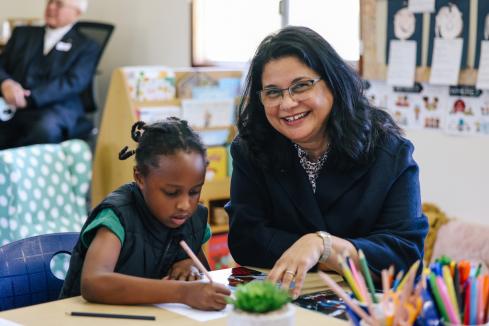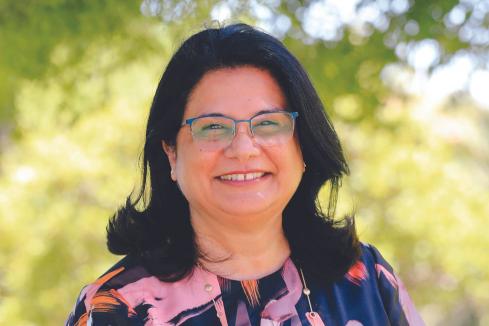Government funding for the capital needs of private schools remains a contentious issue.

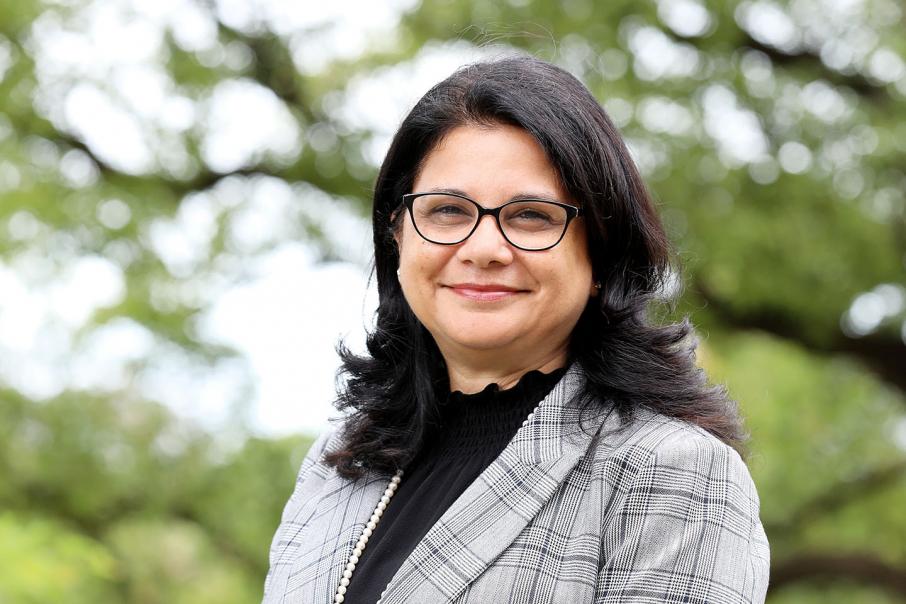
Few items appear higher on the state government’s list of priorities than building schools, if the $456.2 million allocated in the latest budget to their construction, maintenance and expansion is any indicator.
Many would be familiar with big-ticket items, such as funding to expand the newly opened Bob Hawke College.
Fewer may have noted funding for new schools in the exurbs of Forrestdale and Burns Beach, save the parents who live in the overlapping marginal electorates.
Still, for all the funds lavished upon new public schools, which comprises just under a 10th of all the government’s budgeted spending on education this financial year, private schools have received comparatively fewer dollars for this purpose.
(view a PDF version of this special report)
Not that the state’s contribution was negligible, with $400.9 million to be administered to the sector through regularly scheduled recurrent funding.
While federal spending of $14.7 billion for non-government schools outstrips the $9.7 billion to be spent on public schools in the coming financial year, there is a comparative lack of financial support for capital works in the non-government sector as there is for these works in the public sector.
That means that, ultimately, any new builds will be reliant on funds from outside government, with research commissioned by Catholic Education Western Australia (CEWA) and undertaken by EY in 2019 estimating 88 per cent of new builds for religiously affiliated private schools are funded by parents.
Of the funding that is available, about $9 million is disbursed to the state sector by the federal government. However, the overall value of that is diluted when distributed between schools.
And while states such as Queensland and NSW have budgeted grant schemes specifically for Catholic schools, Western Australia provides funding through low-interest loans in the form of a $30 million debt facility.
However, CEWA deputy executive director Wayne Bull told Business News the financing on offer was broadly comparable to what was already available if schools went to market for debt funding.
“We continue to encourage state and federal governments to look at capital funding and not diminish our recurrent funding,” Mr Bull said.
“[It’s] important to realise when we build a new school, we have to do it from parents’ fees, and we have to take out loans and pay those back.”
CEWA executive director Debra Sayce explained how this model often led to years-long developments for extensions and new builds.
“We take up to 15 years to do all the different stages [of building a school],” she said.
“Every time there’s a new stage required for any of our schools … it takes an application through our panel process to allocate funds from the $9 million from the capital grants from federal government and what’s in the $30 million interest loans.
“It sounds [like] a lot … but, when a new school costs between $90 million and $100 million to build, if you’re doing a staged development, you’re not going to get everything all at once.”
Whether that is appreciated at a government level remains to be seen.
CEWA had lobbied ahead of the March state election for increased capital funding to meet the $90 million worth of demanded works in 2020 and is currently undertaking research to aid efforts ahead of a federal election expected within the next 12 months.
In the meantime, Professor Sayce said funding for capital, mental health services, assisting students with disabilities and hygienic upkeep would remain top of mind for the state’s sector.
“We’re here to serve our parents who choose Catholic education,” she said.
“We want to be accessible; we want to be affordable.
“We’re very appreciative of government … because they understand we do make a strong contribution, not just financially but [to] the fabric of society and how we can support communities to flourish, and so we acknowledge that.
“But there’s so much more that can be done.”









